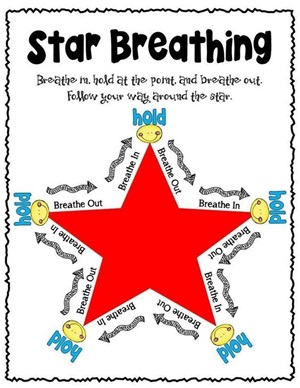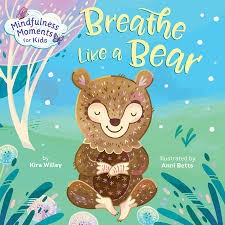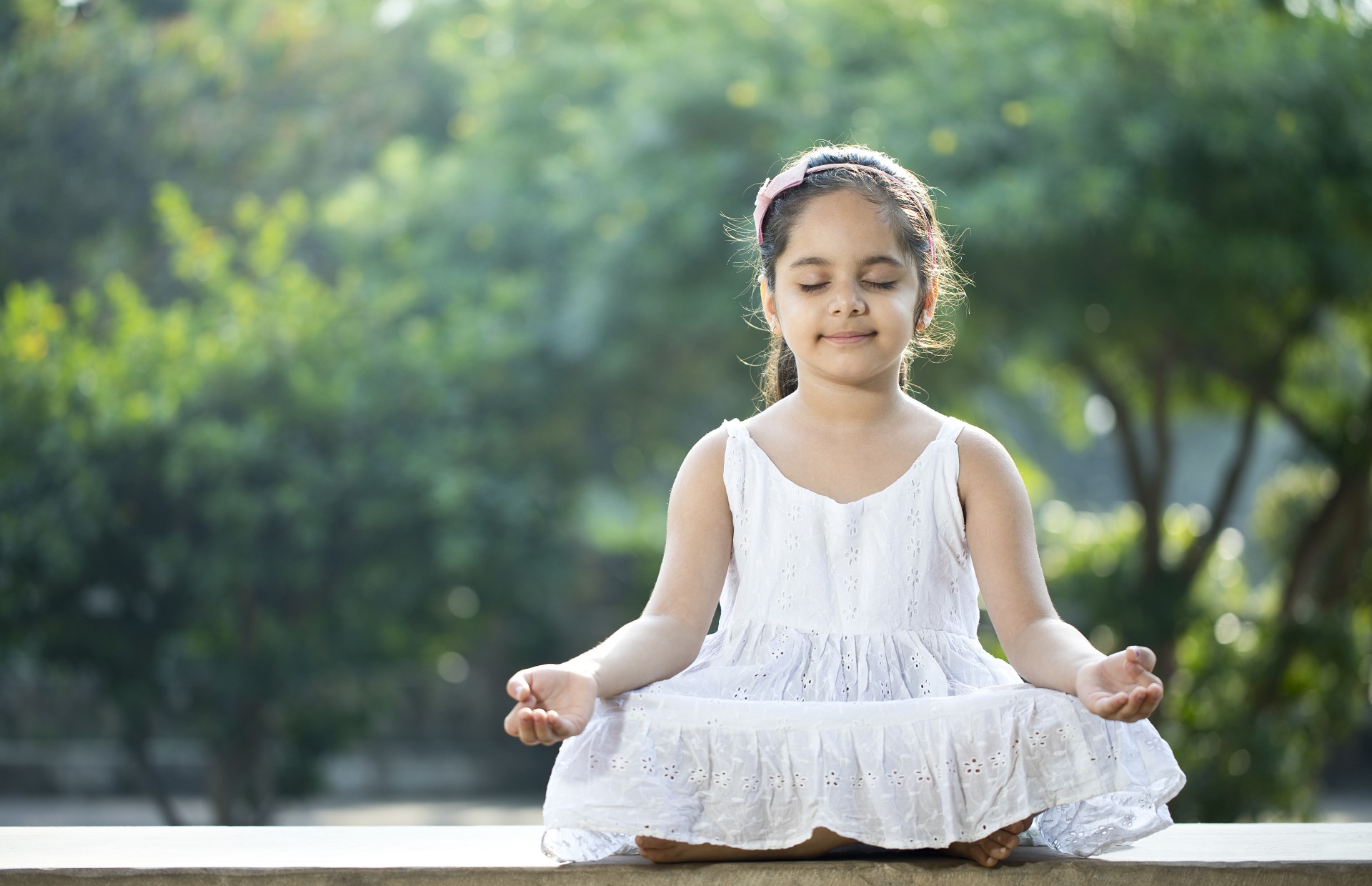Wellbeing Activities and Relaxation Tips for Nursery Children
Stacy, one of our Early Childhood Specialists, suggests some original and engaging ways that can help you create a calm, soothing space to promote relaxation, and some fun activities to practice core breathing skills at home.
Young children don’t know how to calm their own body down and self-regulate, so they need to be taught this skill. Asking children to close their eyes and take deep breaths can make an enormous difference in helping them to feel calm and relaxed, but younger children may require some help to focus on their breathing.
Learning deep breathing techniques together can have many benefits, including:
- Reducing feelings of anxiety, stress and being overwhelmed
- Lowering stress levels
- Relaxing muscles
- Increasing energy levels
Create a calm, soothing space and give these fun activities and technique tips a try:
TECHNIQUE TIPS:
The breathing we want children to learn is deep tummy breaths, not shallow chest breaths. When they breathe in, their tummies should expand, and when they breathe out, their tummies should contract.
- The flower breath: Imagine smelling a flower. Breathe in through your nose, out through your mouth. Breathe out like you are blowing out birthday candles.
- The balloon: Pretend your belly is like a balloon. Breathe in and make the balloon bigger, then breathe out and make the balloon shrink.
- Yummy soup: Imagine you have a bowl of soup. Smell the soup - breathe in, cool the soup – breathe out.
- Darth Vader breathing: Pretend you have a straw in your mouth, suck in through the straw and breathe in. Breathe out like Darth Vader.
- Ocean breathing: Breathe in and imagine the wave rolling in, breathe out and imagine the wave going out.
- Colour breathing: Breathe in and imagine a calm, happy, positive colour. Breathe out and imagine a colour that represents stress, anxiety, etc. leaving your body.
ACTIVITIES:
- Use Bubbles: Blowing gently to create bubbles is an effective way to be playful and breathe deeply. Children have to blow carefully and slowly to make the bubbles, which is a major reason we like using them to help children take deep breaths.
Keeping Everyone Safe: - Use a stuffed toy: Have your child lay down on their back and put a stuffed toy on their belly. Have them breathe in and move the stuffed animal up, then breathe out and bring the stuffed animal back down. This helps to teach children to use their belly to take big deep breaths.
- Use a feather: Stroking something soft can be very soothing, as it focuses your sense of touch. Get some coloured craft feathers and pick out one feather to use. It could be a colour that they love or one that makes them feel calm. Have your child hold the feather in one hand, and breathe in, stroking up one side of the feather with their other hand. Hold their breath for a count of 3, then breathe out whilst stroking down the other side of the feather.
Children will need to be supervised when using ‘bubble solutions’ as a breathing strategy – please make sure that fluid is not swallowed and doesn’t come into contact with eyes.
FURTHER LEARNING IDEAS:
- Star Breathing - Start at any “Breathe In” side on the star. Trace your finger over the "breathe in" side of the point. Hold your breath when your finger gets to the tip of the point. Breathe out as you trace your finger over the other side of the point. Keep going until you reach where you started. When you trace the whole star, you will have completed 5 deep breaths.

 ‘Breathe like a Bear’ book by Kira Willey - 30 Mindful Moments to Help Children to Feel Calm and Focused Anytime, Anywhere.
‘Breathe like a Bear’ book by Kira Willey - 30 Mindful Moments to Help Children to Feel Calm and Focused Anytime, Anywhere.
Kira Willey is a children’s music and yoga expert. She has created thirty bite-sized mini-meditations, with names such as Candle Breath and Wake Up Your Face. The author has sectioned off the meditations by energy: Be Calm, Focus, Imagine, Make Some Energy, and Relax.- Make a Pinwheel - Make a pinwheel and practise breathing techniques with your child. Sit with your back straight and your body relaxed. Blow on your pinwheels together using long, deep breaths, and notice how you feel.
- Encourage siblings to join in with the activities. This will help all children to work cooperatively and develop everybody's understanding of how to use ‘deep breathing’ strategies together as a family.




